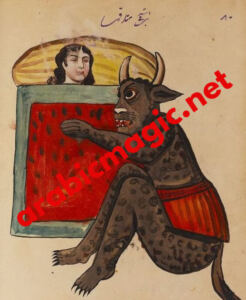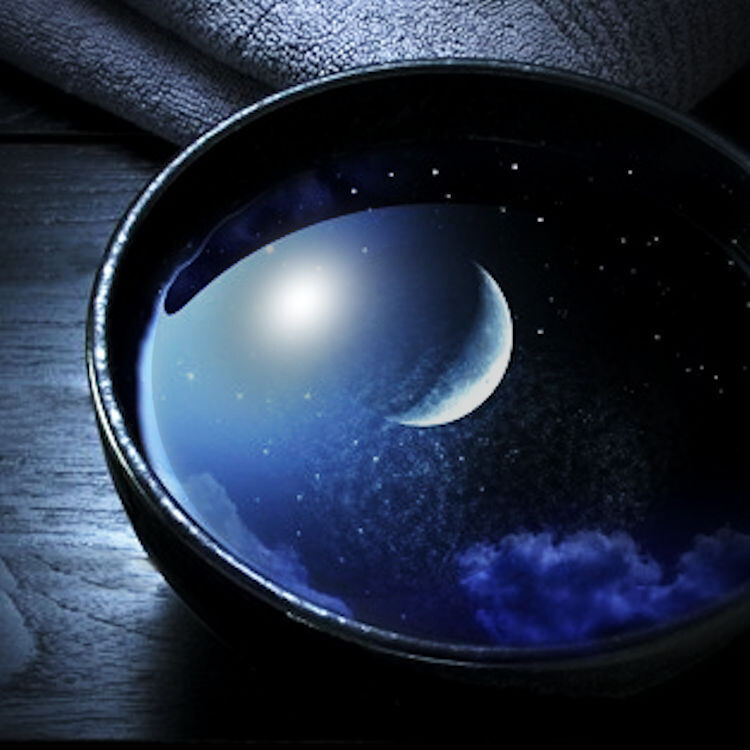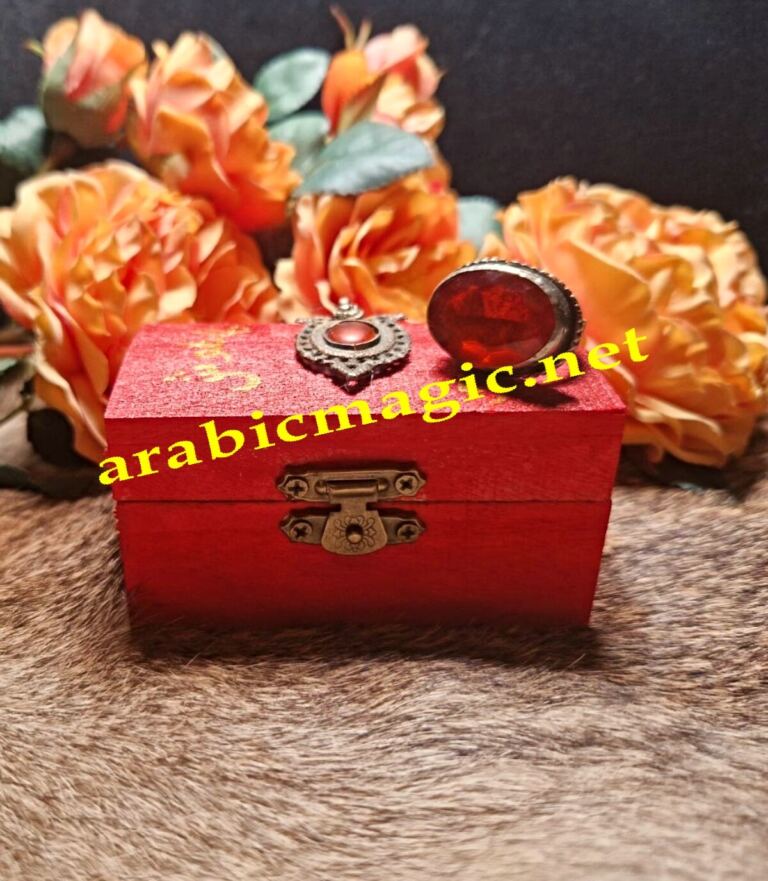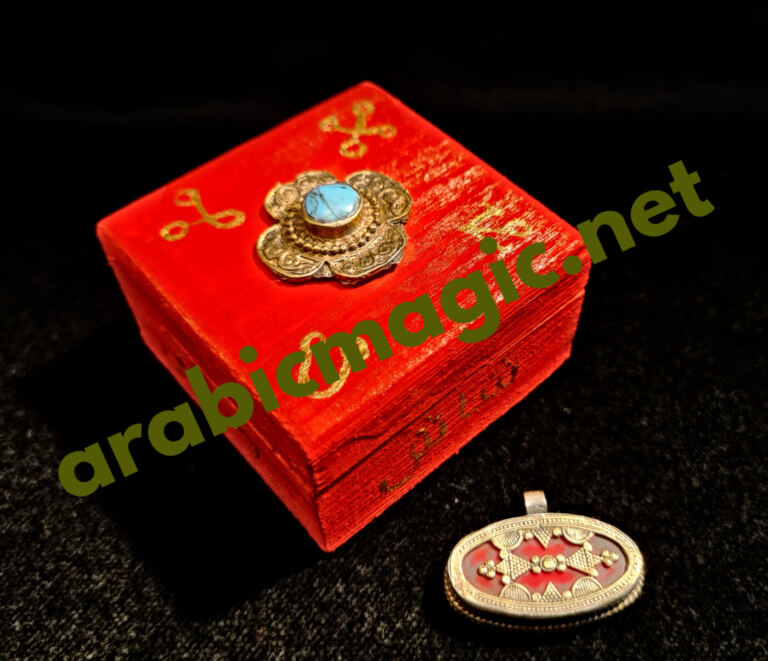Karabasan – The Nocturnal Jinn that Causes Paralysis
“Suddenly I opened my eyes and felt an incredible weight press against my chest. I tried to move but to no avail. I couldn’t even draw a breath. And then I saw the creature sitting above me… I had never seen anything so ugly. I tried to scream, but no moan came out of my mouth. I began to pray in my mind to God and in a moment everything was gone.”
If this experience sounds familiar to you, you are most likely one of the many who have experienced a similar phenomenon. Modern medicine defines it with the term sleep paralysis – an awake state of consciousness or sleep disturbance, which can be due to fatigue, experienced stress, irregular sleep, or the presence of psychological disorders.
Undoubtedly, under the influence of such factors, one can face this phenomenon. Folk tradition and belief, however, give an entirely different explanation for its nature, associating it with an attack by demonic creatures. It is precisely this perception that I will address here, referring to the legends and numerous accounts of unexplained nocturnal visitors.
In the folklore of different peoples, the spirits that attack sleeping people are called different names. In Russia – kikimora, In Croatia – moritsa, In Japan – kanashibari, and in England – The Old Witch. In Turkish and Middle Eastern folklore, they are defined as harmful jinn, mostly known as karabasan and kabus (nightmare), and in Egypt and Morocco called al-jathoom (night visitor) and boratat (the one who presses you).
The most famous is the karabasan – literally black pressure, which is an evil spirit or jinn that hovers over a person while he sleeps, causing him nightmares, and feeding on his fears. It is believed that these creatures can also be deadly, and some people dying in their sleep are said to have fallen victim to their wrath. The verb karabasmak is used for dreaming nightmares that cause disease states, and in Mongolian harakh/karah and the word khargah share a root meaning curse.
Turkish folklore mentions the karabasta or karabasu, which also translates as black squeeze, and is described as a creepy-looking creature that causes terrible visions. This name also refers to dreams that appear to be realistic and is used as a phrase for seeing a ghost. Sometimes it is also associated as a cause of death of women in childbirth. In the Azerbaijani language, a synonym for ghost is karabasma.
Similar in etymology is kamos and karakura. In the regions around Harput (Elyazug) kamos or kapos is called malevolent spirit that causes nightmares. It attacks those who sleep alone, pressing them with all its weight on their chests, and thus paralyzes them and can even kill them. According to various legends, the creature appears as a large monster or resembles a dwarf that roams at night and always wears a hat on its head. It is believed that if the hat is stolen from him, it will turn into gold in an instant. Some claims describe a kamos incarnated as a black cat that dries up the veins of its victims by drinking their blood.
Anatolian folk tradition defines caboose (kabus) as a jinn that has no definite form and frightens people in their dreams by sending them terrible nightmares and fears. It moves silently like a cat and can abduct the sleeping, and those attacked cannot breathe while under its grip. It is afraid of daylight and at sunrise, it cannot move. According to some assumptions, its origin is associated with a strangling spirit from the mythology of Moab and Assyria.
In local Turkish beliefs, karakura is the name of a disembodied evil spirit that is quiet and silent and attacks the lungs of women in labor. It also scares naughty children. In the regions of Erzurum and Erzincan, it is believed to steal the lungs of its victims by sending them terrifying nightmares and suffocating them. It is said in Konya that this creature looks like a goat, but is as light as a cat and suffocates the sleeper by sitting on his chest. However, when sunrise comes, karakura cannot move. Then it can be captured and become a servant of his master. It is believed that it visits beds where there are crumbs scattered around, so eating bread near the bedding should be avoided by people. The same interpretation is also found in the Sivas region, but there karakura is called by the name elkishave.
There are various beliefs and ways to protect against the attacks of night visitors in the form of specific prayers, amulets or protective actions. To ensure a restful and safe night, recite Ayat Al-Kursi 7 times before going to sleep. Another known method involves sprinkling water and vinegar in rooms and around beds, or placing a large iron object under the bed to prevent the evil spirit from passing through. An interesting belief states that people who often suffer from such attacks should keep a large needle under their pillow. When the uninvited guest looms in the night, if the attacked manages to muster up the strength and grab the needle by sticking it into the creature, it will jump to the ground and begin to frighten him, turning into various scary shapes, but it will not be able to escape. As the morning comes, it will assume the form of a dwarf and be under the person’s control.©
This article and all information published on this site are copyrighted. Any form of copying the texts or parts of them is prohibited. This site and all the information in it are protected by Digital Millennium Copyright Act. Any violation of this rights will be automatically detected and we will contact for assistance and legal action to your online provider and domain name registrar.
Don’t copy, be creative!







